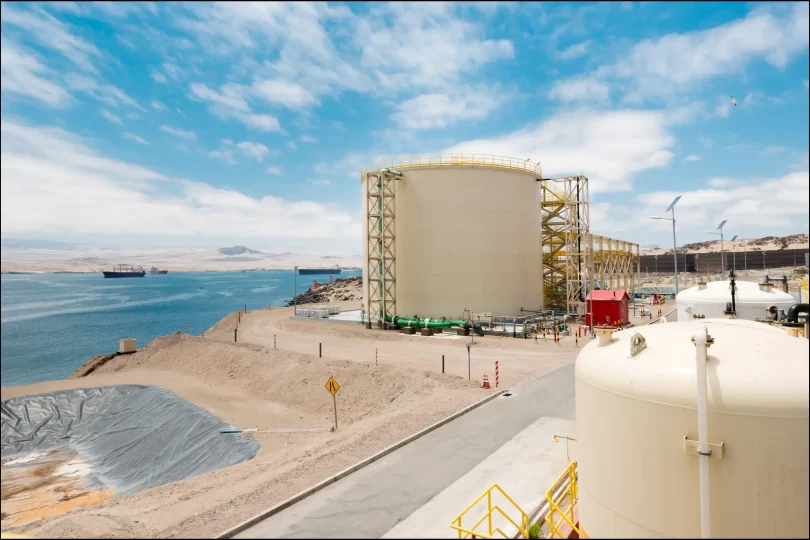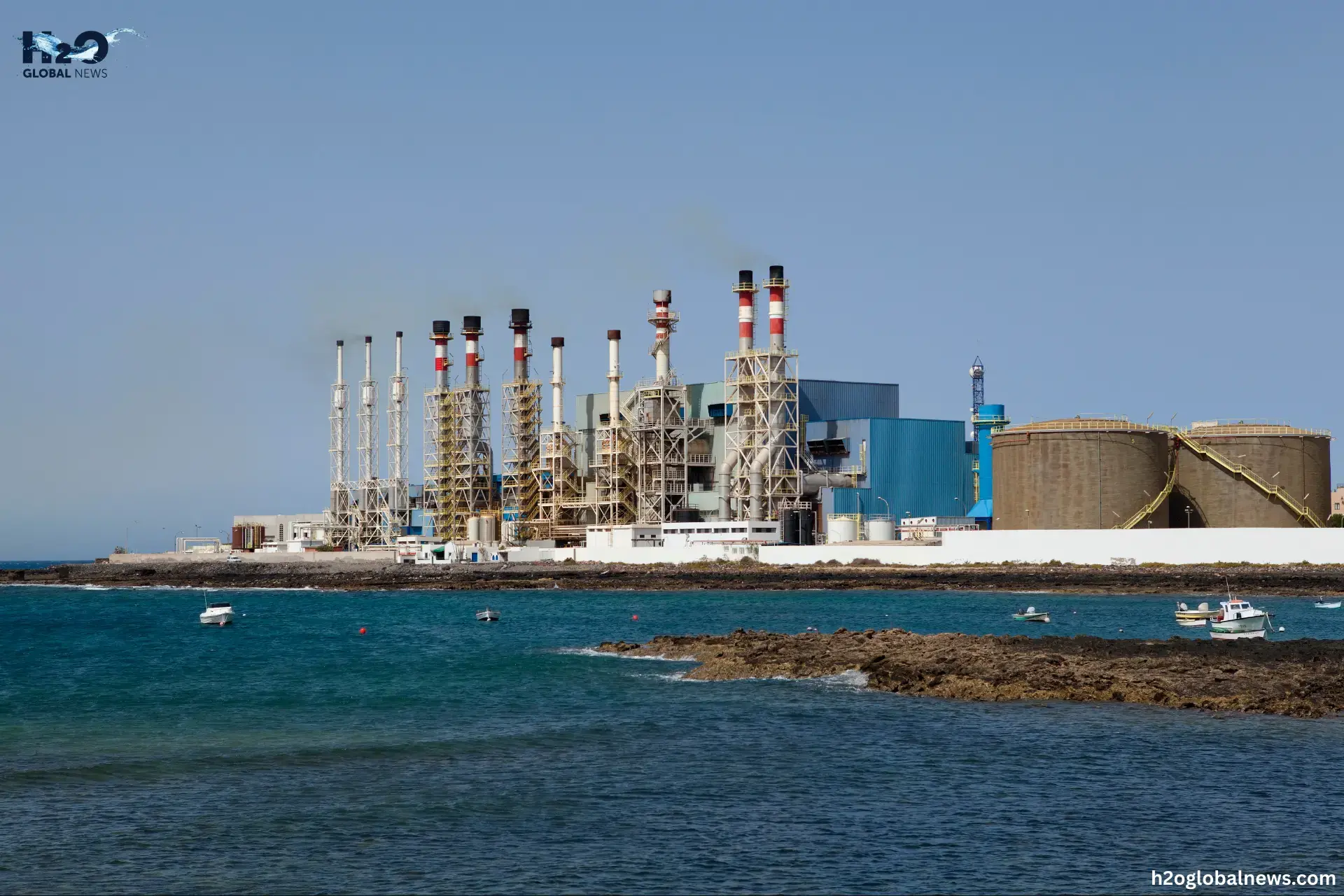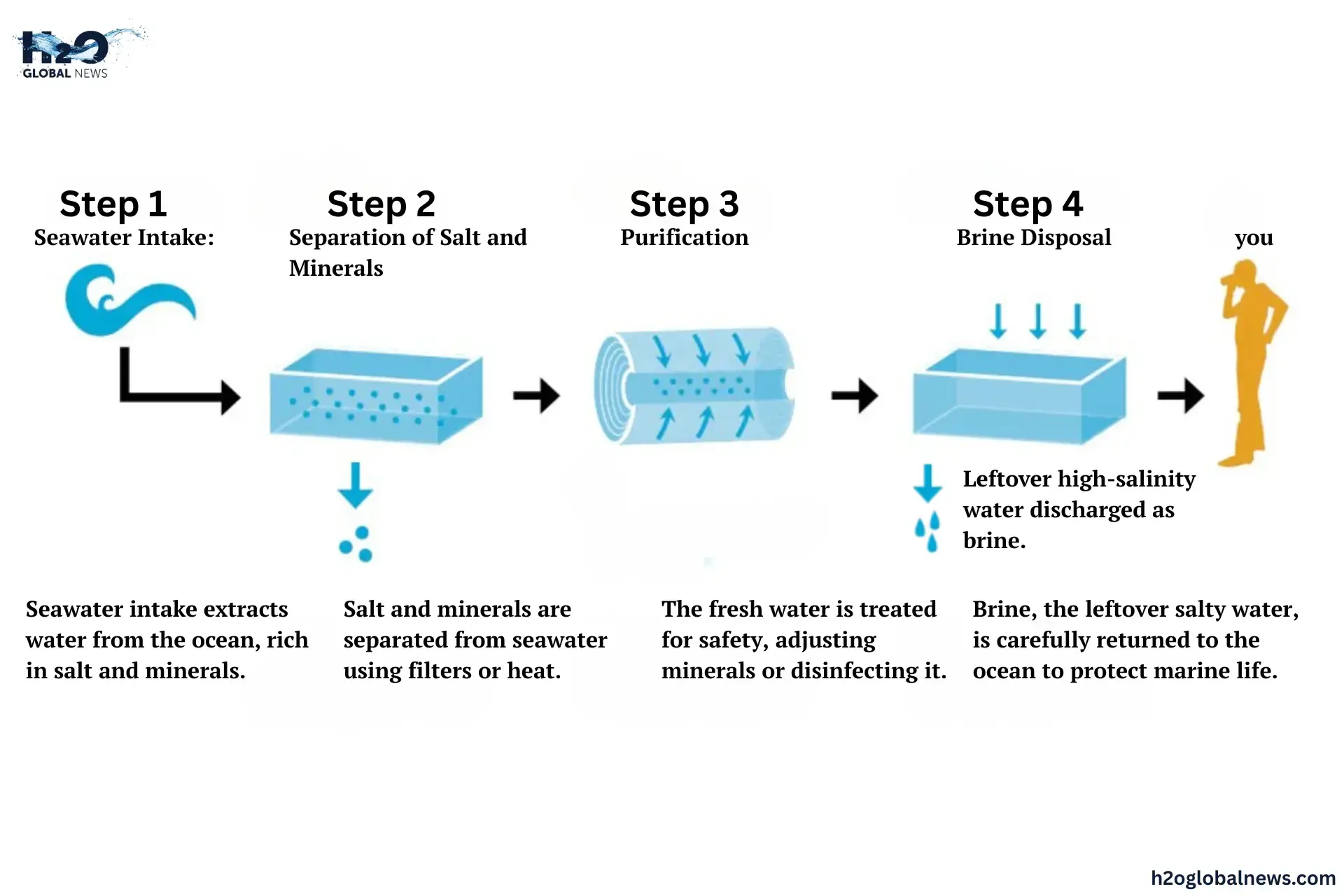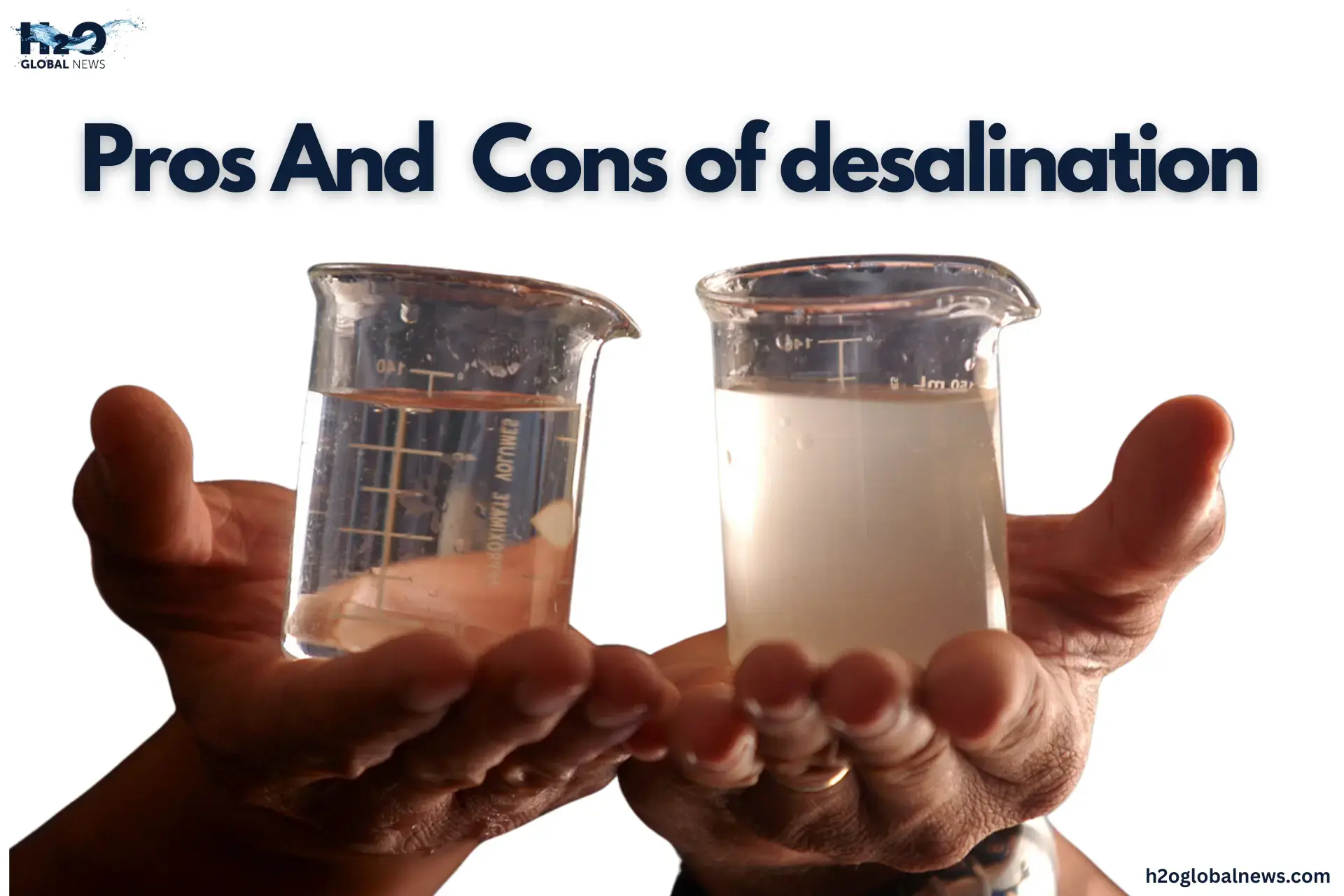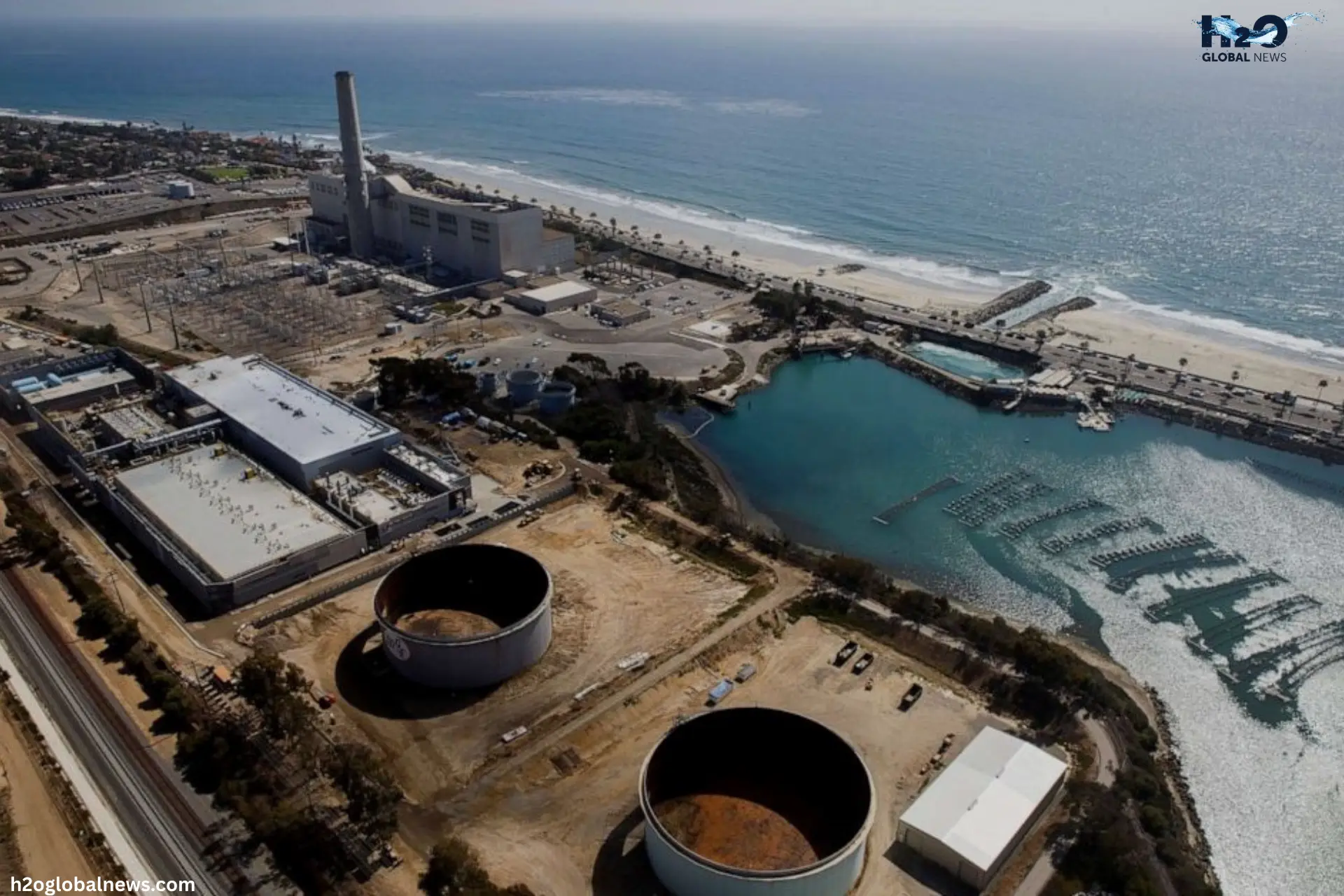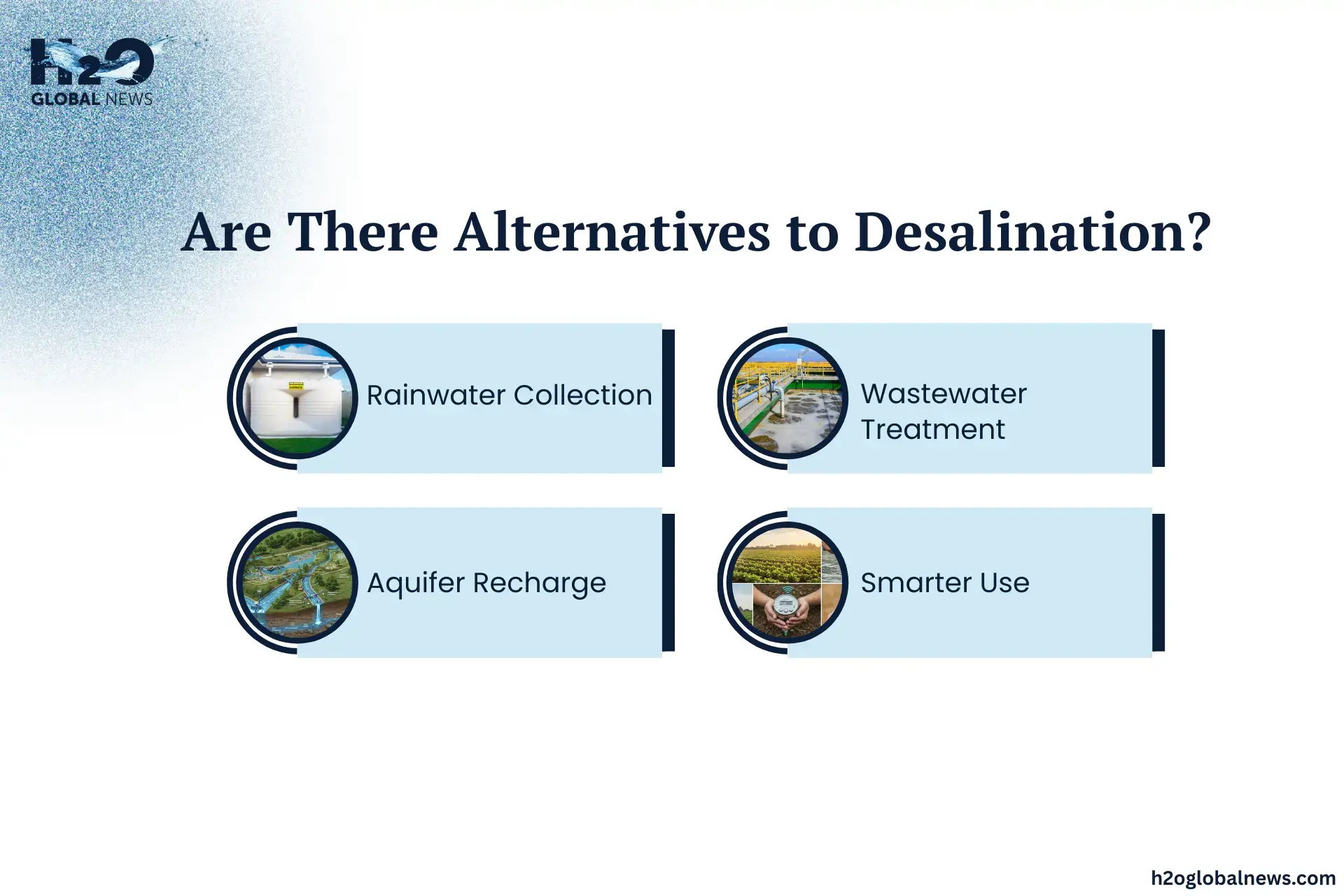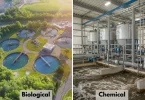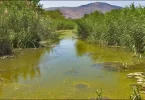Water scarcity isn’t just a future problem; it’s happening now. With growing populations and climate change making things worse, people are looking for ways to solve the water crisis. One solution that is getting a lot of attention is desalination. But is it really a long term solution or just a quick fix? Let’s break it down.
What Is Desalination?
Desalination is the process of removing salt and other impurities from seawater to make it drinkable. As freshwater sources become scarcer, desalination has become an important method for providing clean water, especially in coastal areas.
There are two main methods used for desalinating water:
- Reverse Osmosis: In the Reverse Osmosis method, seawater is forced through special filters, known as membranes, that block salt and other particles, allowing only fresh water to pass through. It’s a highly effective way to separate salt from water, but it requires significant pressure and energy to push water through the filters.
- Thermal Desalination: In thermal desalination, seawater is heated to create steam, leaving the salt behind. The steam is then cooled and condensed back into fresh water. While this method is more energy intensive than reverse osmosis, it is still used in places with abundant energy sources.
Both methods require a lot of energy and money, but they provide fresh water in areas where natural sources are drying up.
How Does Desalination Work?
Desalination may seem simple, but a lot is happening behind the scenes. Here’s how it works:
1. Seawater Intake:
Water is pumped from the ocean, full of salt and other minerals.
2. Separation of Salt and Minerals:
Filters or heat separate the salt and minerals from the water.
3. Purification:
Once separated, the fresh water is treated to make it safe for drinking, often by adjusting minerals or disinfecting it.
4. Brine Disposal:
The leftover salty water, called brine, is disposed of. It’s returned to the ocean, but this must be done carefully to avoid harming marine life.
Can Desalination Lower Sea Levels?
Some people wonder if desalinating large amounts of seawater could help reduce rising sea levels. The answer is No.
The amount of water taken out for desalination is tiny compared to the size of the ocean. Even if desalination were scaled up dramatically, it wouldn’t make any real difference in sea levels.
Does Desalination Harm the Environment?
While desalination helps with water shortages, it comes with some serious environmental issues:
- Energy Use: Most desalination plants rely on fossil fuels, adding to carbon emissions.
- Brine Disposal: The leftover salt is dumped back into the ocean, which can harm marine life by making the water too salty.
- Marine Impact: Intake pipes suck in small sea creatures, causing damage to ecosystems.
Some new desalination systems are working on reducing these problems, but the impact is still there.
Pros and Cons of Desalination
Let’s look at the pros and cons of desalination to understand its role in solving water shortages.
Pros of Desalination
1. Provides Fresh Water Where It’s Needed
- Helps regions with severe water shortages, especially in dry coastal areas.
- Supports cities, industries, and agriculture that rely on large water supplies.
2. Not Dependent on Rainfall
- Unlike rivers and lakes, the ocean is always available as a water source.
- Works as a reliable backup during droughts.
3. Can Reduce Dependence on Groundwater
- Many areas overuse groundwater, causing wells to dry up.
- Desalination can help reduce stress on natural freshwater sources.
4. Technological Improvements Are Making It Better
- Newer desalination plants use solar and wind energy to lower costs and pollution.
- Some systems recycle brine more efficiently, reducing environmental harm.
Cons of Desalination
1. Expensive to Build and Operate
- Requires advanced equipment and a lot of electricity, making it costly.
- Producing desalinated water is much pricier than using traditional sources.
2. High Energy Consumption
- Most desalination plants rely on fossil fuels, increasing carbon emissions.
- Large-scale use would require a shift to renewable energy.
3. Environmental Impact
- Brine disposal (the leftover salt) can harm marine life when dumped back into the ocean.
- Water intake systems can trap and kill small sea creatures.
4. Limited Availability
- Used mainly by wealthy coastal countries like Saudi Arabia, Israel, and the U.S.
- Many poorer regions suffering from water shortages can’t afford desalination plants.
Is Desalination the Answer to Global Water Shortages?
Desalination is helpful, but it’s not a perfect solution. It’s expensive, energy hungry, and can harm the environment. Other water saving strategies like conservation, rainwater harvesting, and better water management are needed alongside desalination.
So, is desalination a solution or just a temporary fix? Right now, it’s more of a short term answer rather than a long term fix. But with better technology and cleaner energy sources, it could play a bigger role in solving water shortages in the future.
Are There Alternatives to Desalination?
Yes, other methods exist to secure freshwater without the heavy costs and environmental strain of desalination. Some include:
- Rainwater Collection: Capturing rainfall for storage and later use.
- Wastewater Treatment: Purifying wastewater for irrigation, industry, and even drinking in some cases.
- Aquifer Recharge: Managing underground reserves to prevent depletion.
- Smarter Use: Cutting waste through efficient irrigation, leak fixes, and controlled consumption.
Desalination helps, but these approaches often have fewer downsides and broader accessibility. Many regions mix solutions rather than relying on one alone.
FAQs
1- Is Desalination Expensive?
Yes, desalination requires a lot of electricity, making it costly. Countries like Saudi Arabia, Israel, and the UAE spend billions to operate desalination plants, which is why it’s mainly used in wealthy coastal areas.
2- Is it healthy to drink desalinated water?
Yes, desalinated water is safe to drink as long as it’s properly treated. Desalination removes harmful salts and impurities, but the water may need to be treated to add essential minerals before consumption.
3- Does the US have any desalination plants?
Yes, the US has several desalination plants, mainly located along the California, Texas, and Florida coasts. These plants provide fresh water to areas facing water shortages or relying on limited freshwater resources.
Conclusion
Desalination helps supply fresh water where it’s needed, but it’s not the whole fix for the water crisis. It’s expensive, uses a lot of energy, and can harm the environment. Solving water shortages will take a mix of solutions, with desalination being just one part of the approach.



